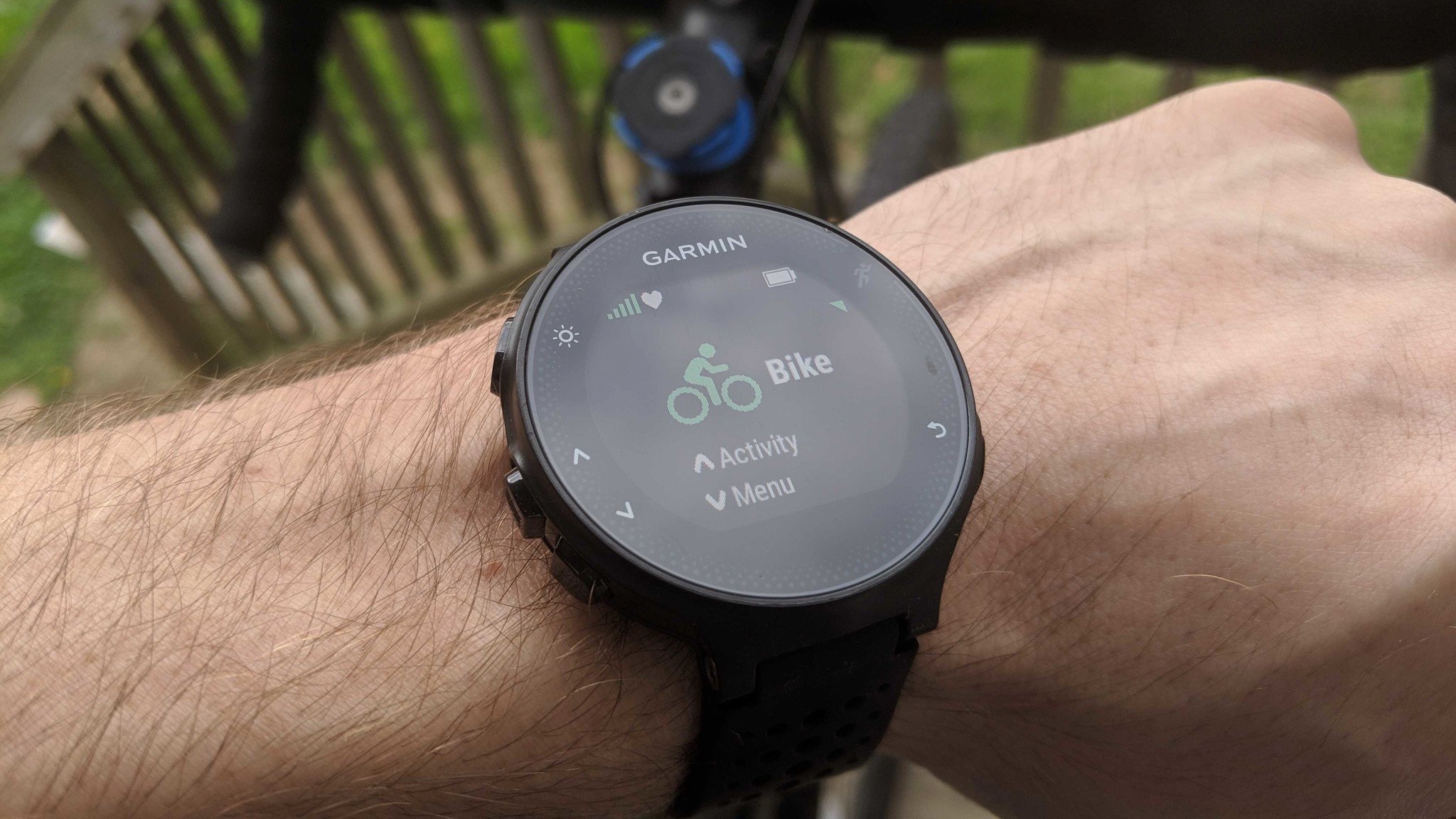Somehow, an 8-year-old Garmin watch is still most popular
Strava athletes aren't ready to move on from the 2015 Garmin Forerunner 235, with the 2019 Forerunner 245 close behind.

What you need to know
- Strava's Year in Sport Trend Report revealed the "Top Gear" used to record activities on its app.
- Globally, most athletes use the 2015 Garmin Forerunner 235 and 2019 Garmin Edge 530 bike computer.
- In the U.S., the 2019 Garmin Forerunner 245 Music and 2017 Wahoo Elemnt Bolt claim the top spots.
- Over 120 million athletes across 195 countries used Strava in 2023.
Strava, one of the top-rated fitness apps worldwide, shared the most popular smartwatch and bike computer used by its hundreds of millions of users. The report told us two main things: Garmin watches have earned their reputation for longevity, and most athletes prefer making them last for years instead of buying newer models.
Case in point, more Strava athletes worldwide still use the Garmin Forerunner 235, first released in October 2015, over any other fitness smartwatch.
In the U.S., that top spot goes to the 2019 Forerunner 245 Music — more reasonably modern than the 235, but still significantly downgraded compared to the Forerunner 255.
The Strava Year In Sport report (via Wareable) also highlights the top-used bike computers — the Garmin Edge 530 and Wahoo Elemnt Bolt — which came out four and six years ago, respectively. Turns out cyclists are just as happy to persist with last-gen tech as runners.

Unfortunately, Strava doesn't elaborate on the other popular running watches on its platform. It's not the only great running app out there, but the hundreds of millions of users across nearly 200 countries make it a good benchmark for what athletes actually use for their workouts, beyond sales figures.
The Garmin Forerunner 235 shipped with built-in GPS, the first-gen Elevate HR sensor, an accelerometer for step counting, and a few widgets for weather and other data. By modern standards, it's quite limited, and its heart rate sensor probably doesn't deliver the most accurate results; Garmin probably expected most "serious" athletes to use a heart rate strap at the time.
The Forerunner 245, at least, gives runners Garmin Coach, Body Battery, Performance Condition, Training Effect and Load, daily suggested workouts based on fitness level, post-run recovery time suggestions, blood oxygen data, and a more accurate 3rd-gen HR sensor. It's more understandable why U.S. Strava runners haven't felt the need to upgrade from the 2019 Garmin watch.
Be an expert in 5 minutes
Get the latest news from Android Central, your trusted companion in the world of Android
We wonder if the Forerunner 255 or Forerunner 265, our two new favorites with next-gen tracking tech, will eventually overtake their last-gen counterparts. Perhaps the newer Garmins have become too expensive or intimidatingly feature-packed for athletes today, which could also explain why old Garmin tech reigns supreme.
Otherwise, the linked Strava report above provides some other fun data about runners' habits. For example, Gen Z runners, on average, run about a minute faster than Gen X runners, but also one mile shorter per run. Also, Millenials and Gen Z strongly prefer running, while Gen X and Boomers prefer to bike.

Your next Strava-tracking upgrade
If you're one of those runners still using the Forerunner 235, may we gently suggest that the Forerunner 255 will transform your workouts. It gives you more accurate heart rate data and multi-satellite tracking, an altimeter to judge your elevation gain per run, HRV status, and a training load focus tool to help you decide between aerobic and anaerobic workouts.

Michael is Android Central's resident expert on wearables and fitness. Before joining Android Central, he freelanced for years at Techradar, Wareable, Windows Central, and Digital Trends. Channeling his love of running, he established himself as an expert on fitness watches, testing and reviewing models from Garmin, Fitbit, Samsung, Apple, COROS, Polar, Amazfit, Suunto, and more.
